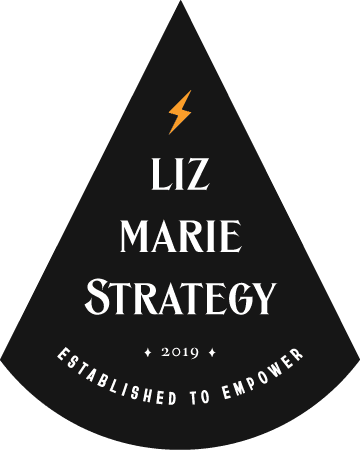Today we’re talking Beauty Branding 101: How the industry has changed and what you need to know to build a beauty brand today.
Throughout my career, I’ve worked for hundreds of different brands. I’ve had all different types of clients, big, small; you name it. Somehow I’ve ended up with a little bit of a beauty niche. Not all of my clients fall into this category, but I’ve had quite a few in that space. So, I’ve learned a ton about positioning a brand strategically, visually, and with messaging. I’ve looked at hundreds and hundreds of companies in the beauty space while I’m doing my research to build my strategies. While beauty is a broad category, I’ve worked for beauty publications, blogs, skincare companies, nail companies, lips stuff — a big wide gamut across the beauty industry.
Old School vs. New School Beauty Brands
I want to start off with a transition that has happened in the beauty industry. We’re kind of at this point where you have to choose what type of brand you have to be. There are essentially two overarching types of beauty brands: old school and new school.
Old School
Old School beauty brands are all about aspirational beauty. They put forth this vision of “what beauty looks like” and they feed off of our desires to look like that. They use super airbrushed models, their products may not work very well, and they can be costly. They sell us this dream of self-image and feed on our insecurities and imperfections. Now, I’m not saying newer brands don’t do this sometimes, but this was the only option for a long time. Beauty brands were ALL about this.
There were some differences in brand personalities. Some would be very accessible/girl next door, like Cover Girl, that’s at a lower price point and more down-to-earth. And there’s the high-end, maybe older age group focused, more luxury brands like Lancome. So, there was still some diversity in personality and brand position. Still, all of them used “aspirational beauty,” and the visions in their ads, etc., were part of white, eurocentric beauty standards. And, a lot of them were catering to this male gaze version of beauty, like beauty for the sake of being beautiful to someone else versus because you just like the way makeup or having nice skin or whatever makes you feel. So, it wasn’t a whole lot about feelings – it was way more about appearance. That is a huge difference to this new school shift in the beauty industry, which I think is super, super cool. Not every company has made that shift, and you don’t necessarily have to pick one or the other when you’re approaching your brand, but I just want to let you know the landscape that’s out there.
New School
Now, there are a lot more companies that are coming out and embracing diversity (what a concept?!) not just in race and skin tone, obviously, but in facial features, challenging that eurocentric beauty standard, not airbrushing, and celebrating “flaws,” imperfections, and differences like freckles or a tooth gap. That was not ever going to happen 20 years ago. Because of this (or maybe it’s a chicken/egg situation), there has been much more of an emphasis on self-acceptance, celebrating what beauty is to you, how everyone is beautiful, and enhancing your features or engaging in makeup or skincare because of how it makes you feel. Not because you’re unhappy with yourself and want to “fix” something, but because it just brings you joy or makes you feel beautiful or whatever. Big, big, big, BIG shift.
And in terms of branding, that is a shift from being like a ruler brand (when we’re talking brand archetypes) and saying like, “this is what is beautiful, and you peasants must conform to this” to saying like, “oh shit, you’re great how you are but if you want a little pick me up, try this thing.” So that is a huge personality shift. And it is a huge shift in the emotional journey for the brand.
Before, the old school approach was to present this idyllic utopian, fake-ass, “perfect” vision of what someone should look like and say, “you are not that. Use our products, and maybe you’ll get like that”. It preys on negativity and reinforcing insecurities. It’s a negative emotional journey for most people. New school is “you’re dope. You want to have some fun with the way you look” or “you want to be even more dope” or whatever. It’s a positive emotional journey. Again, not the case everywhere, but that’s a big shift both culturally and in brand positioning.
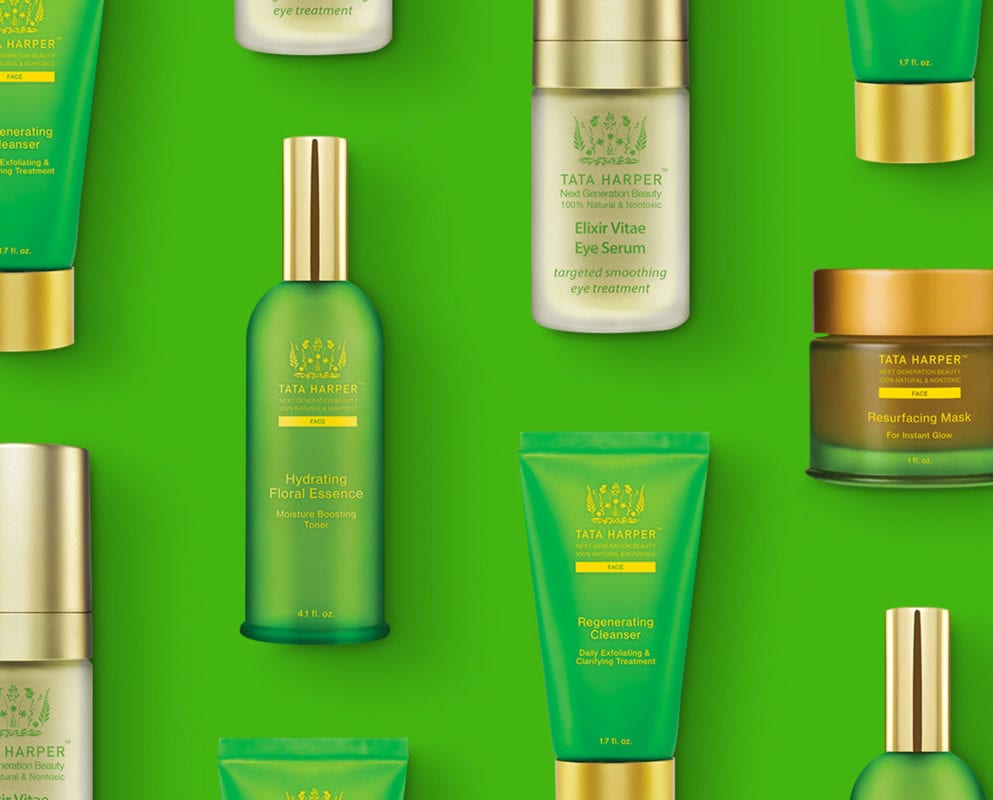
Big Players in New School Beauty Brands
[/Landmark New School Beauty Brands
/Front Runners in New School Beauty
/New School Beauty Game Changers]
There are a few landmark beauty brands that helped make this transition. Of course, this didn’t happen in isolation; part of this is a larger cultural shift, especially with Gen Z, social media, the backlash against airbrushing, and all these things. But several key companies have really disrupted the beauty space and helped make this shift.
Glossier
The first is Glossier. I know you’re probably like, “really, I’m reading this whole blog just for you to talk about Glossier? They’re huge.” But they’re huge for a reason. Glossier started with a publication, Into the Gloss, and then built their direct-to-consumer beauty brand off of it. The crux of Glossier is that they put real people first. They listen to their audience – or their potential audience – and continue to build products that people actually want. They don’t “solve a problem” that enforces these outdated beauty standards. They actually give people what they’re looking for!
The biggest lesson from Glossier is to be customer-centric and prioritize real people in your audience.
An important thing to consider is that the old-school, hyper-aspirational approach usually takes a shit ton of money! It’s hard for small brands to have those types of photoshoots or hire those types of models and all of those things. It’s more accessible for you to be more accessible to the average person.
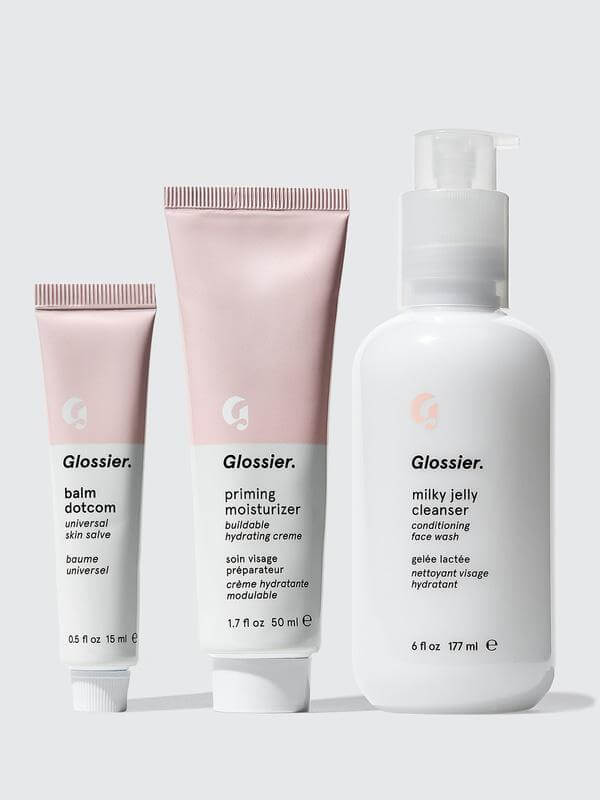
Fenty Beauty
You know I love Rihanna if you’ve watched my Badass Brand Breakdown on her, and it’s time to shine a light once again on her killer brand: Fenty Beauty.
Fenty Beauty completely changed the game in terms of diversity in makeup brands. Before Fenty, most brands would have like 20 foundation shades, skewing heavily in favor of the white range of tones, with very few options for women of color and darker-skinned women especially. Which is super fucked up.
Rhianna and Fenty Beauty launched with 40 shades initially – setting that as the new standard – completely changing the game. They have since expanded to over 50 shades. That changes everything. That included more than half the population previously being totally ignored or barely given scraps in the beauty game. It set a new standard for how we think about beauty totally different from the old, ridiculous, and outdated, white-centric model. Even just from a business standpoint, that model was so fucking dumb.
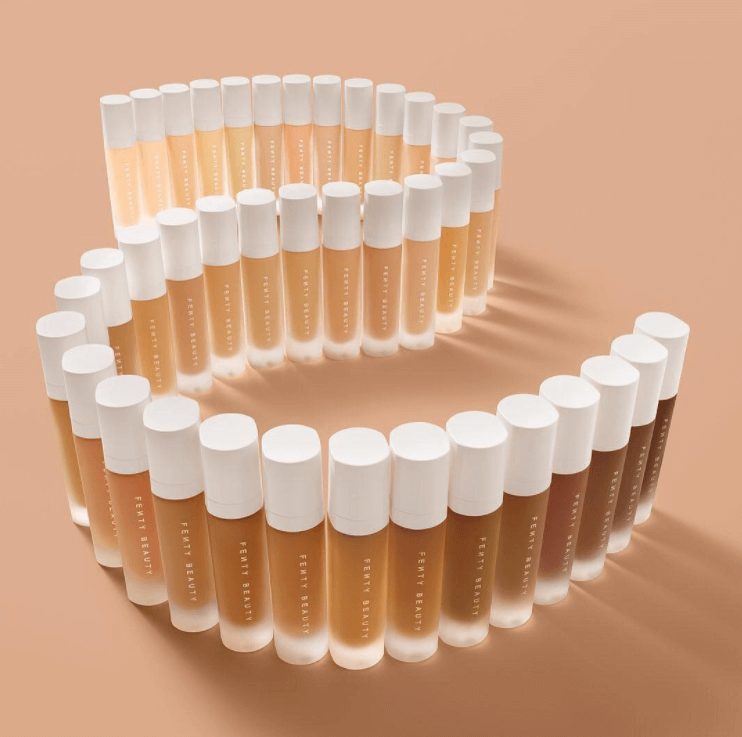
Boom by Cindy Joseph
Now we’re going to talk about a brand you may not have heard of, Boom by Cindy Joseph. I’m going to guess that my audience here is generally on the younger side, while their target audience is 50s, 60s, and 70s, but they have a super cool brand position!
Boom is a skincare company that is “pro-age.” While most skincare companies are all about anti-aging, wrinkles, and making you feel like you shouldn’t grow older (wtf), Boom is all about celebrating it and just giving you things that maybe help a little bit, make you feel a little bit better, but with that pro-age mindset. They specifically target “older women,” maybe like senior-age women, and that’s who they feature in all of their campaigns! Real women who have aged, have fine lines, lived their lives, and celebrate their beauty. That category of women – that age group – is often COMPLETELY ignored in media, branding, advertising, products, companies, you name it. They’re just like, “once you’re past 40, you don’t exist”. And that’s bullshit.
So, Boom by Cindy Joseph is a really cool brand to learn from, especially to address a real need with a real group of people by putting that customer first, not this idyllic vision.
How Your Brand Can Stand Out in this Over-Saturated Industry
The last lesson I want to leave you with when we’re talking about beauty branding is that today, most brands are either leading with personality, solving an actual problem, or both. It is a super, super-saturated market. There are so many options out there for beauty, like go to Sephora or Ulta, and you’ll just see countless lipsticks. And that’s really only a fraction because there are so many e-com brands. So how do you stand out? What do you do differently?
#1 Build off of a very distinctive, unique personality
The first example that comes to mind is Kat Von D. Her rebellious, distinct personality is at the core of her makeup brand. Too Faced also has a very unique personality in its style and design. Using your personality to stand out and identify with a subgroup or a niche – people that share that personality – can go a long way to getting people to prioritize your products and try them over alternatives because they identify with your brand personality. Personality always helps; I have a whole video on it.
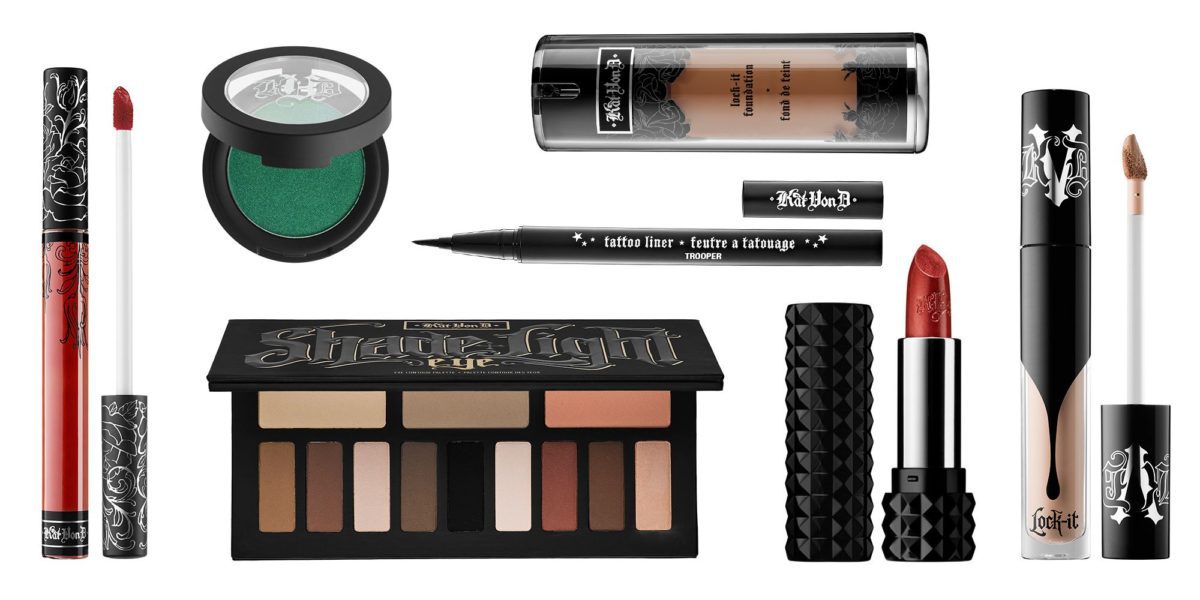
#2 Actually solve a problem
Solving a problem looks like filling a gap, x product doesn’t work, or like with Rhianna where there was the industry-wide problem of no one serving most of the population. Frankly, this is the harder thing to do because you have to have a really fucking good idea. But that’s what you can really, really own.
An example of this, in a way, is Kylie and her lip kits. Now I’ll be the first to tell you I’m not the biggest Kylie Jenner or Kardashian fan, but this was a very strategic business move. Obviously, she has a ton of influence already, so she started with a BIG leg up. But, she saw that people wanted their lips to look bigger… largely based on her own influence. And I have to mention that this is totally appropriating black beauty standards – and that’s a whole other issue. However, she saw that people wanted this and created an entire, huge business, the basis of which was basically one product, the lip kits (maybe she’s expanded? Tbh I don’t know or follow her so… ). There was a gap in the market at the time – again, she kind of created that gap with her influence – but either way, it was solving this need. There was a demand for it, and she met that demand better and differently from others out there.
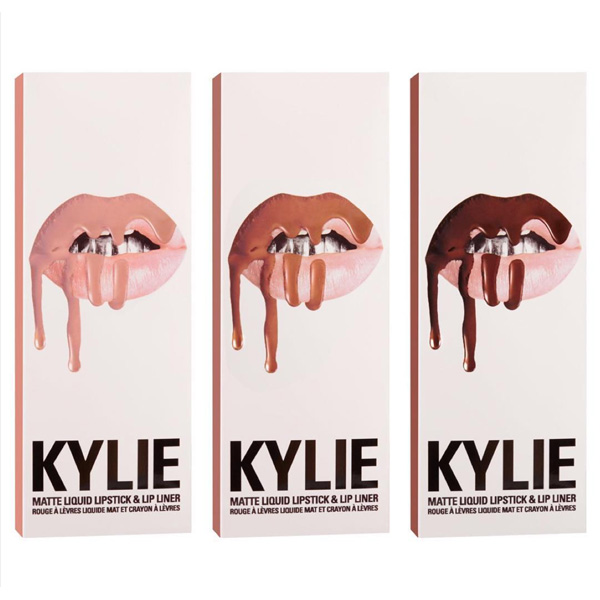
Now, if you can do both: if you can create products that serve a gap in the market, whether that’s for an audience, skin issue, nail issue, makeup issue, or just great products that are better pigmented, last longer, or some other challenge in the beauty space. And, you can pair that with a unique personality that people are really going to resonate with. You’ll be GOLDEN. Even more so, if you can pair it with this new concept of self-acceptance and celebrating natural beauty while still getting people to buy shit (it’s an interesting concept but it works).
Hopefully, this gave you a little bit of an overview of what branding is like in the beauty space right now. Let me know if you have any questions or anything else you’d like to see about branding in the beauty industry.
Until next time, stay badass!

Download the Luxury Branding Checklist
Trying to maximize the luxury in your own branding? Download my checklist to see which tactics you're already using, and find new ideas to implement.
